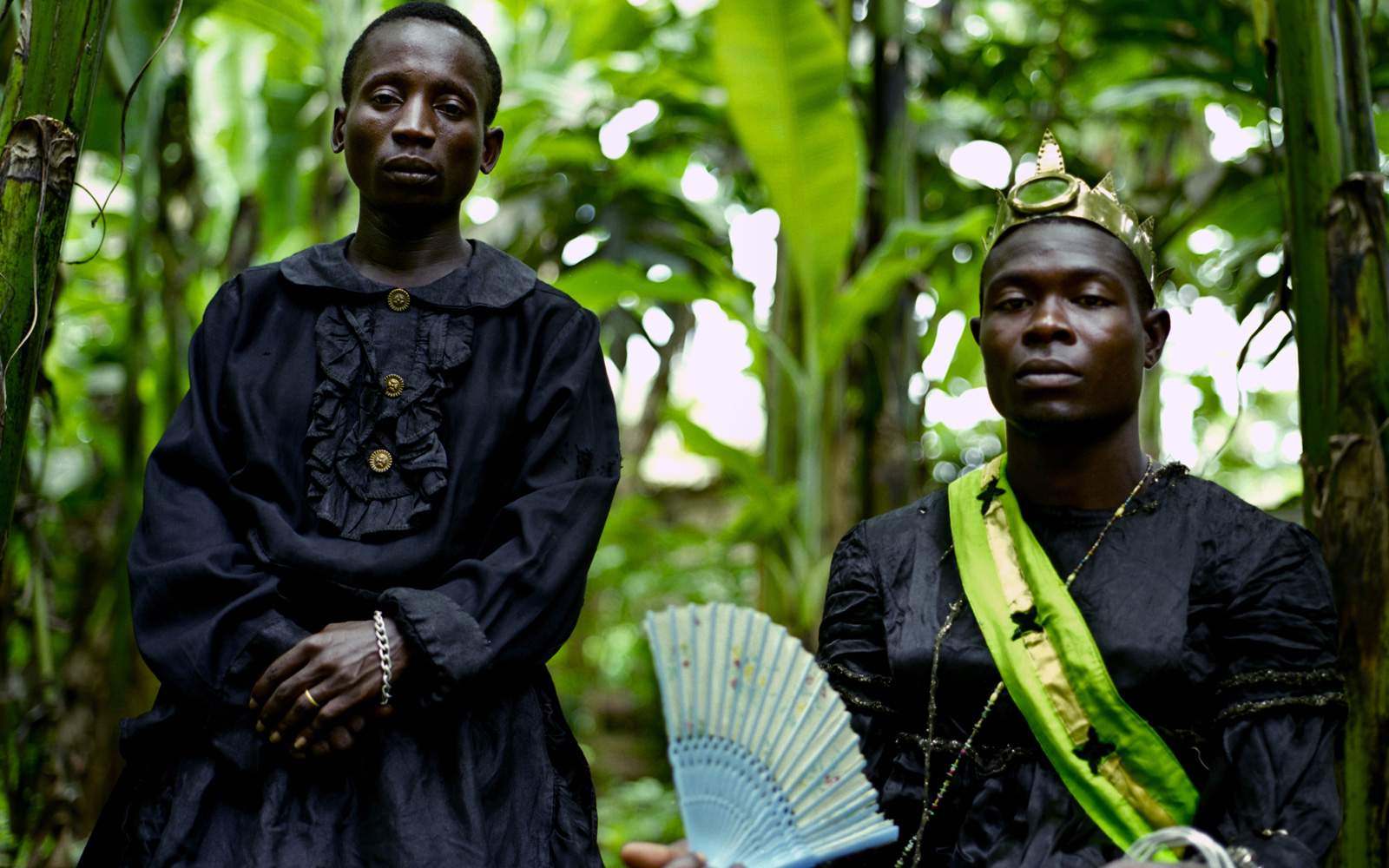Tchiloli: the European tragedy which is part of São Tomé’s cultural heritage

Tchiloli has been part of São Tomé and Príncipe’s tradition for more than 500 years. Based on a medieval text – The Tragedy of the Emperor Charlemagne and the Marquis of Mantua –, that probably reached the islands in the 16th century, it stages a story involving death and betrayal, passions and moral conflicts capable of thrilling both the audience and the actors, and where music, movement and the body come together in a surprising expression of African art and culture.
Throughout its history, Tchiloli has had the Calouste Gulbenkian Foundation’s support in several moments and, since January 2019, through the project “(Re)Criar o Bairro”. Led by the ONGD “Leigos para o Desenvolvimento”, this initiative aims to highlight the products associated to the cultural heritage of Bairro da Boa Morte, in São Tomé, through visual and performative arts and also technology.
The group “Formiguinha da Boa Morte”, which started in 1956, is the oldest among those staging Tchiloli in São Tomé and Príncipe. “Leigos para o Desenvolvimento” has been working with this group, training its members and leaders with the intention of promoting and valuing this unique immaterial heritage within the country as well as outside its borders, by, for instance, adapting the performance – that can last up to 7 or 8 hours – to shorter formats which are more accessible to tourists.
This video, by the director and photographer Inês Gonçalves, is an accurate portrait of this tradition and its protagonists.
Despite that stated by the interviewees, there is no known documented evidence in support of the affirmation that Tchiloli has existed in Sao Tome ever since the 16th century.
